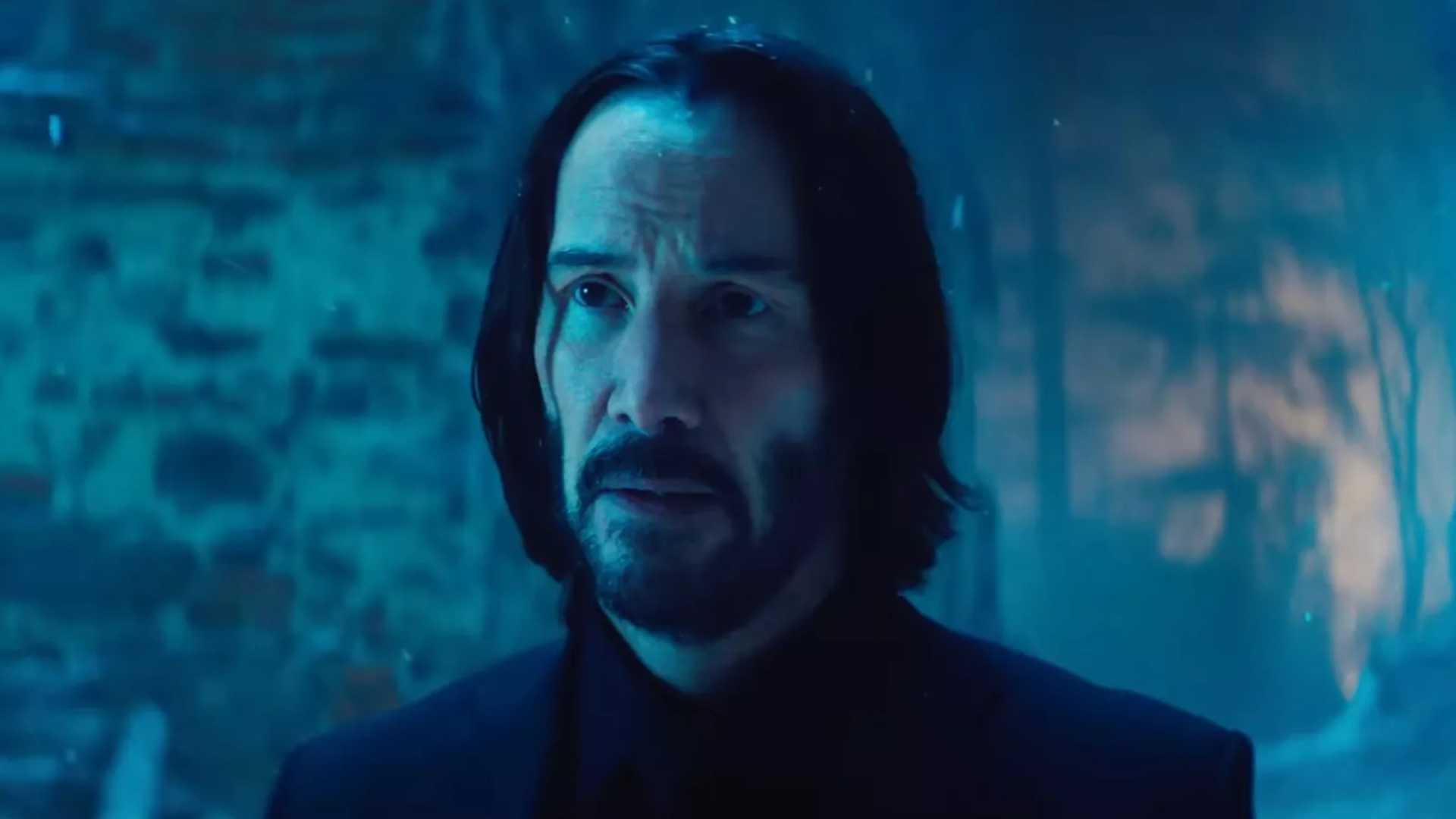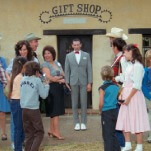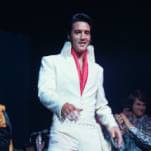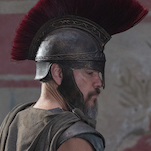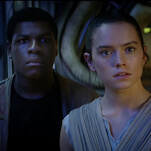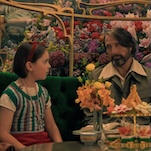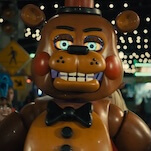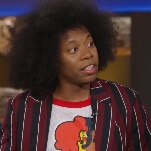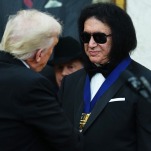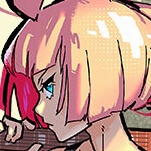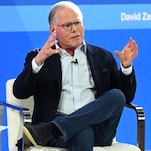For its first half, Ballerina is a sideways origin story for the Wick archetype. It opens with a child Eve watching her father’s murder at the hands of The Chancellor (Gabriel Byrne, somehow not playing Winston’s brother), a cult leader locked in a centuries-old cold war with the Ruska Roma. Winston collects the orphaned Eve and delivers her to The Director for a life of violence and pirouettes. Before becoming John Wick, we can assume young Jardani Jovonovich experienced a similar tragedy in Belarus. Though Eve’s origins are more rote than Wick’s avenge-the-puppy beginnings, the script from Shay Hatten (John Wick: Chapter 3—Parabellum, Chapter 4) underlines their connection by giving her a Baba Yaga-esque nickname: Kikimora. These reminders present Eve as someone who can one day be as good as Wick, but they also butt up against the movie’s interests, saddling it with themes that don’t really apply here: Rules are disregarded without consequence, assassins are reframed as bodyguards, and one can start a firefight in a Continental without fear of adjudication. Still, when John Wick shows up to remind Eve she’ll always have a choice, in an expansion of a scene from Chapter 3, it’s a small but sufficient cameo that should send this new movie on its way.
And Ballerina eventually settles in just fine without Wick’s help, as Eve proves herself a suitable successor. Making good on that No Time To Die guest spot, de Armas kicks ass in these action scenes, revealing a confident control of the stakes, emotion, and energy. Director Len Wiseman (or series kingpin Chad Stahelski, who reportedly helmed significant reshoots) captures her in wide shots, allowing the audience to see the actor’s free-flowing movements and intricate choreography. By the end of her first mission, she’s picked up the scent of the Chancellor’s cult and heads to Prague. By the second act, the movie has detoured away from the High Table enough to flip the script on some Wickian tropes. City bystanders actually react to the assassins; the requisite gun store tour is interrupted by the Chancellor’s men, depriving us of learning the names of those sexy guns. Eve’s mission (save a little girl from the life she now leads) might not be as compelling as Wick’s, but de Armas establishes herself as a hero worth locking into. Compared to Reeves’ dour stoneface, de Armas always makes herself vulnerable, which is probably why her breakthrough in Knives Out was playing a woman physically incapable of lying.
However, before a perfectly capable Eve can complete her mission, she must first have what feels like a one-on-one with her regional manager. The third act begins with the Director hiring John Wick, a man of focus, commitment, and sheer willpower, to take a break from his war against the High Table and see if he can punch up the Ballerina movie. Arriving for a couple of action scenes and to recount those aforementioned themes that don’t factor much into this movie, Wick tells Eve that she has a half-hour to kill the Chancellor or he’ll kill her. Wick’s presence, by and large, accomplishes two tangible things for the film: He gives Ballerina‘s final stretch a ticking clock, and he saves Eve from her flamethrower dueling opponent. However, his presence makes no sense in the context of the larger series. If Wick did this job for the Director, why not mention it in Chapter 4, when he solicits the Ruska Roma for another favor? More importantly, does anyone actually think Wick is going to kill Eve? It’s an unnecessary complication that, when separated from its loose script ties, amounts to nothing more than a studio fearing that audiences would reject a Wick-lite experience. Maybe Lionsgate got cold feet after all that “fight like a girl” talk in the film’s first act, or didn’t want a repeat of Peacock’s Continental miniseries, which eschewed Reeves for Mel Gibson of all people. Either way, Reeves’ elongated cameo condescends to the character, the star, and the audience.
It’s nice to see some old friends again, particularly Lance Reddick in his final screen appearance. But for Ballerina to stand alone, those characters must recede into the background, including John Wick himself. By the time Wick arrives, de Armas has reestablished the series as a lighter, sillier, and funnier action film, a tone that Wick’s self-serious philosophizing clashes against. It feels counterintuitive to turn down a Keanu Reeves action scene, but his presence makes this world feel smaller, and shows a lack of confidence in this new star. This Ballerina dances just fine on her own. Let her have a proper solo next time.
